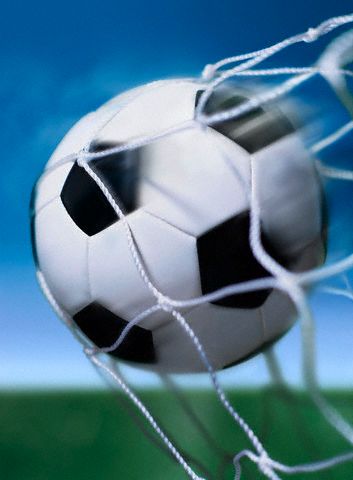Life Skills Development/Unit One/Goal Setting/Lesson
Contents
What are Goals?
An objective or goal is a personal or organizational desired end point in development. It is usually endeavored to be reached in finite time by setting deadlines.
Why is goal setting important?
Goal setting is a major component of personal development. It gives us a timeline and a roadmap to help us determine four very important things:
- What do you want in life?
- Why do you want it?
- When do you want it by?
- What do you choose to do in order to achieve it?
Therefore, it is a key aspect to attaining success in life.It is said that if you fail to plan ,then you should plan to fail.To be an effective planner,you must assess how much control you have over your life.
- Do you blame others for your failure?
- Do you say,"If only I had done ...."?
How you view your control over the events in your life,will suggest the way you plan for success--- the way you set your goals.
The Wheel of Life is a useful assessment for this activity.
| Question: How do you set goals?
You set goals when you make your goals: SPECIFIC: Clearly state what task (goal) we would like to accomplish. You must answer the six "W" questions:
E.g. A general goal would be, "Get in shape." But a specific goal would say, "Join a health club and workout 3 days a week." MEASURABLE: Describe your goal in terms that can clearly be evaluated. Ask questions such as......How much? How many? How will I know when it is accomplished?
ATTAINABLE: Figure out ways to accomplish your goal pooling, your own attitudes, abilities, skills, and financial capacity to achieve it. Plan your steps wisely and establish a time frame that allows you to carry out those steps.
REALISTIC: A goal you know you are actually capable of obtaining. The necessary resources to attain this goal must be available. A goal must represent an objective toward which you are both willing and able to work. A goal can be both high and realistic; you are the only one who can decide just how high your goal should be. But be sure that every goal represents substantial progress. A high goal is frequently easier to reach than a low one because a low goal exerts low motivational force. Some of the hardest jobs you ever accomplished actually seem easy simply because they were a labour of love. Your goal is probably realistic if you truly believe that it can be accomplished. Additional ways to know if your goal is realistic is to determine if you have accomplished anything similar in the past or ask yourself what conditions would have to exist to accomplish this goal. TANGIBLE: A goal is tangible when you can experience it with one of the senses, that is, taste, touch, smell, sight or hearing. When your goal is tangible, or when you tie a tangible goal to an intangible goal, you have a better chance of making it specific and measurable and thus attainable. Intangible goals are your goals for the internal changes required to reach more tangible goals. They are the personality characteristics and the behaviour patterns you must develop to pave the way to success in your career or for reaching some other long-term goal. Since intangible goals are vital for improving your effectiveness, give close attention to tangible ways for measuring them.
|
|
How do I ensure that I am effectively setting goals? The following are components of goal setting that must be covered to ensure effective goal setting: Short term and Long term A long-term goal is an achievement set to be reached over a long period of time. Although most long-term goals tend to be measured in years, it would be appropriate to define a long-term goal for this week, month, year, lifetime, etc. Defining a long term goal involves setting those that are short term to divide the timeline of achieving the long-term goal. A short-term goal is something to be accomplished in a short period of time. Its time frame is related to its context in the overall timeline that it is being applied to. Short-term goals are usually defined in relation to a long-term goal or goals. However, short-term goals are often to relieve short-term pressure. It is very possible to be constantly driven by these goals, which can turn out to be very unsatisfying in the longer term. Therefore it is important to have long term goals in mind as the end result of accomplishing those that are short term. Short-term and long-term goals are important tools in measuring success.
|
|
Now that you have made the SMART choice and have begun goal setting,the task is more manageable.
|
